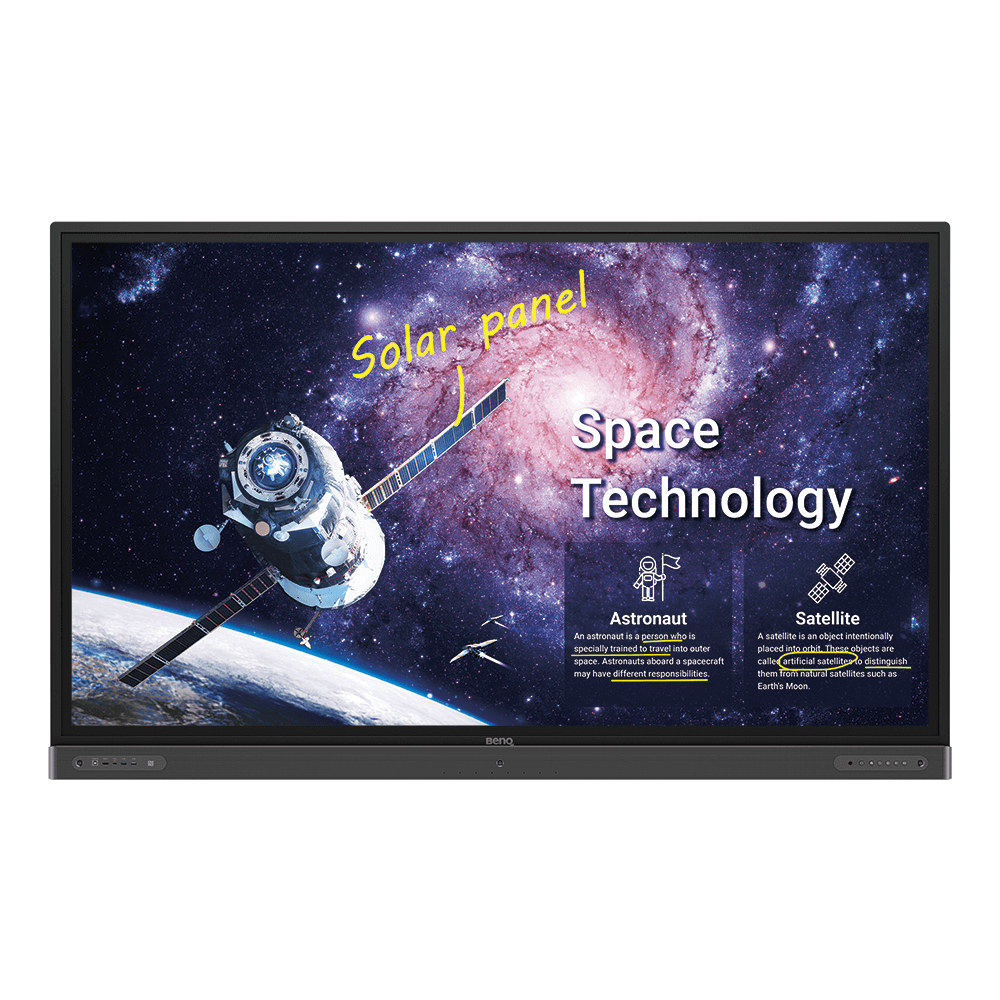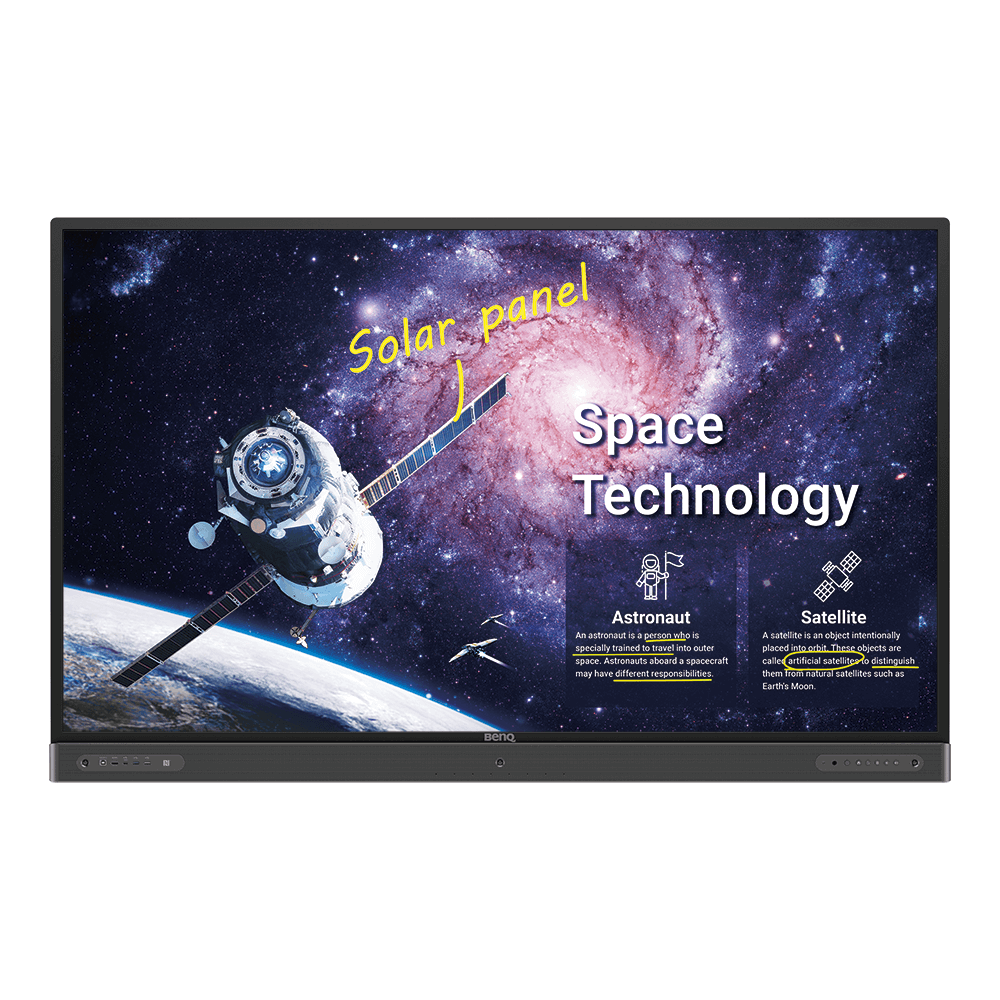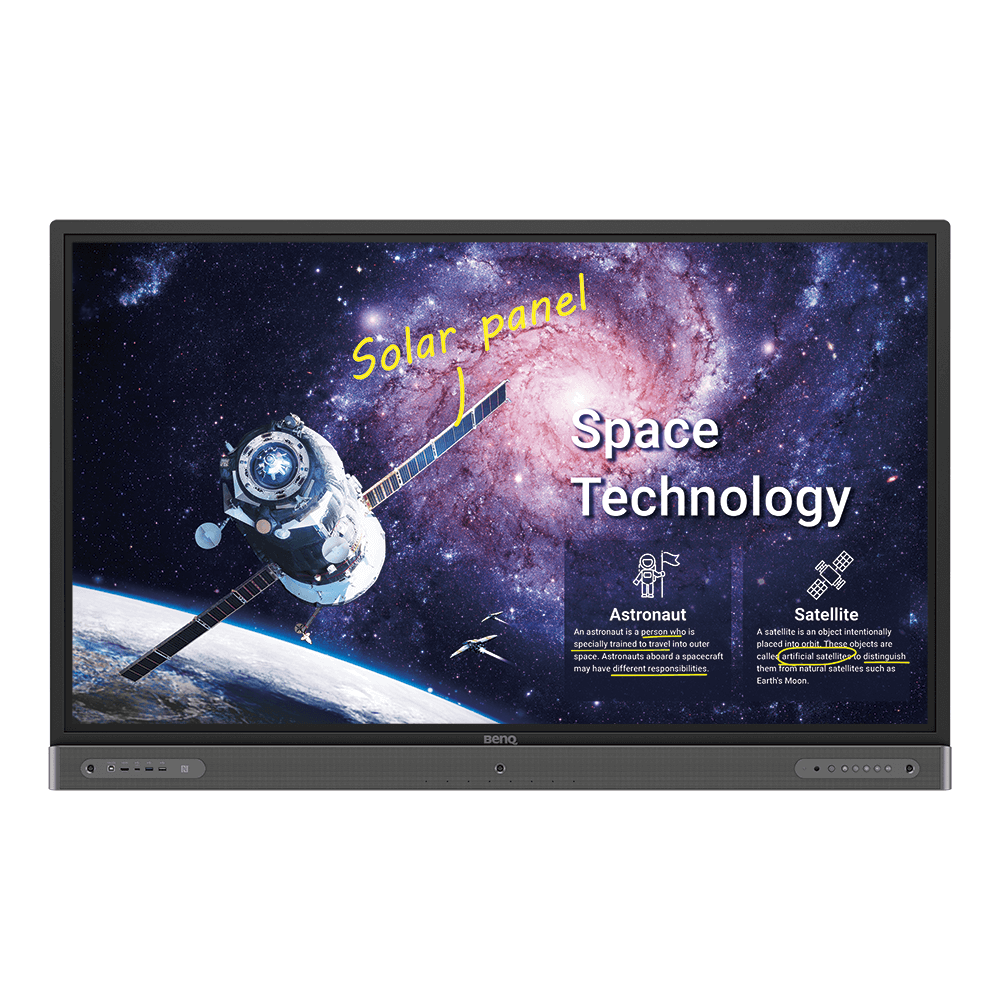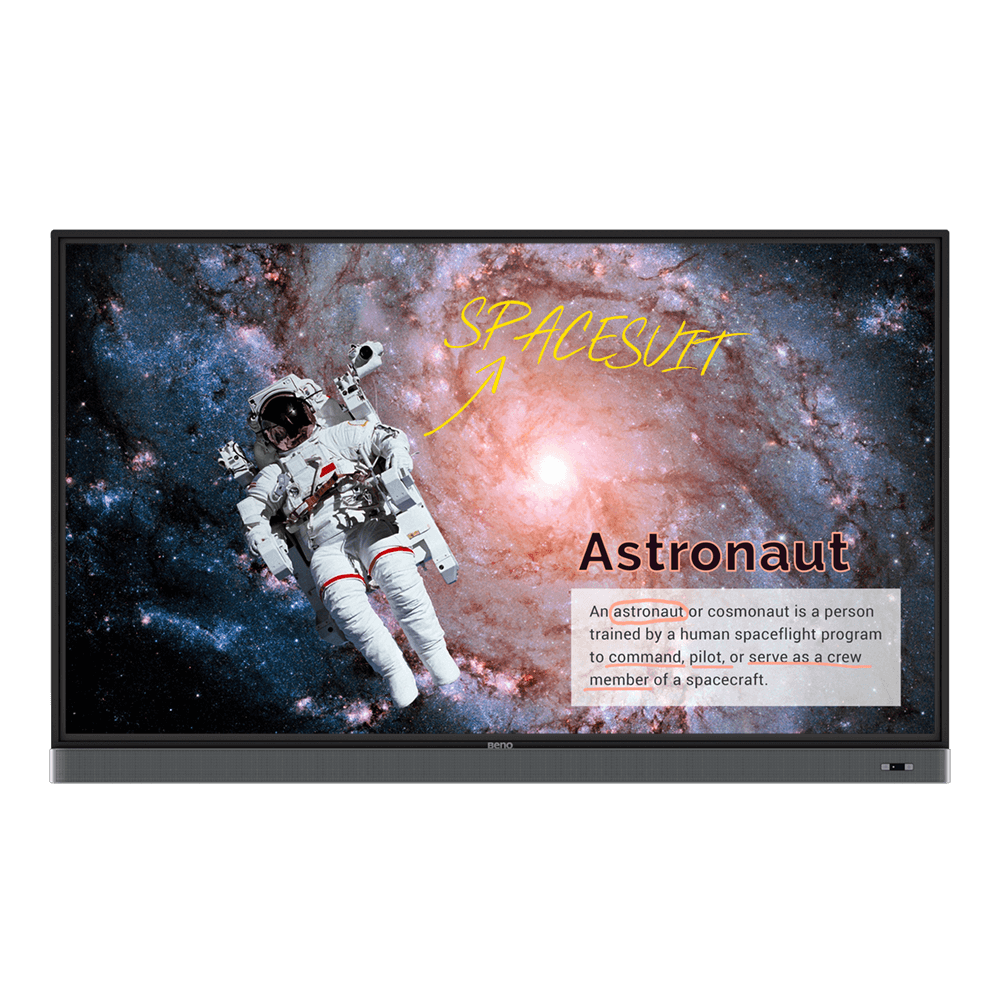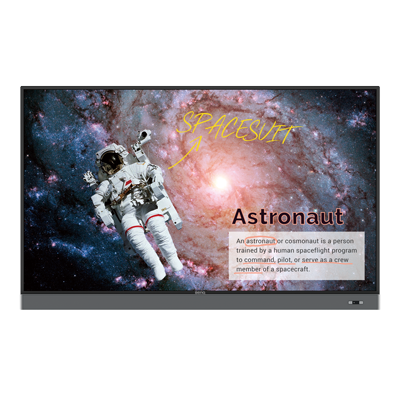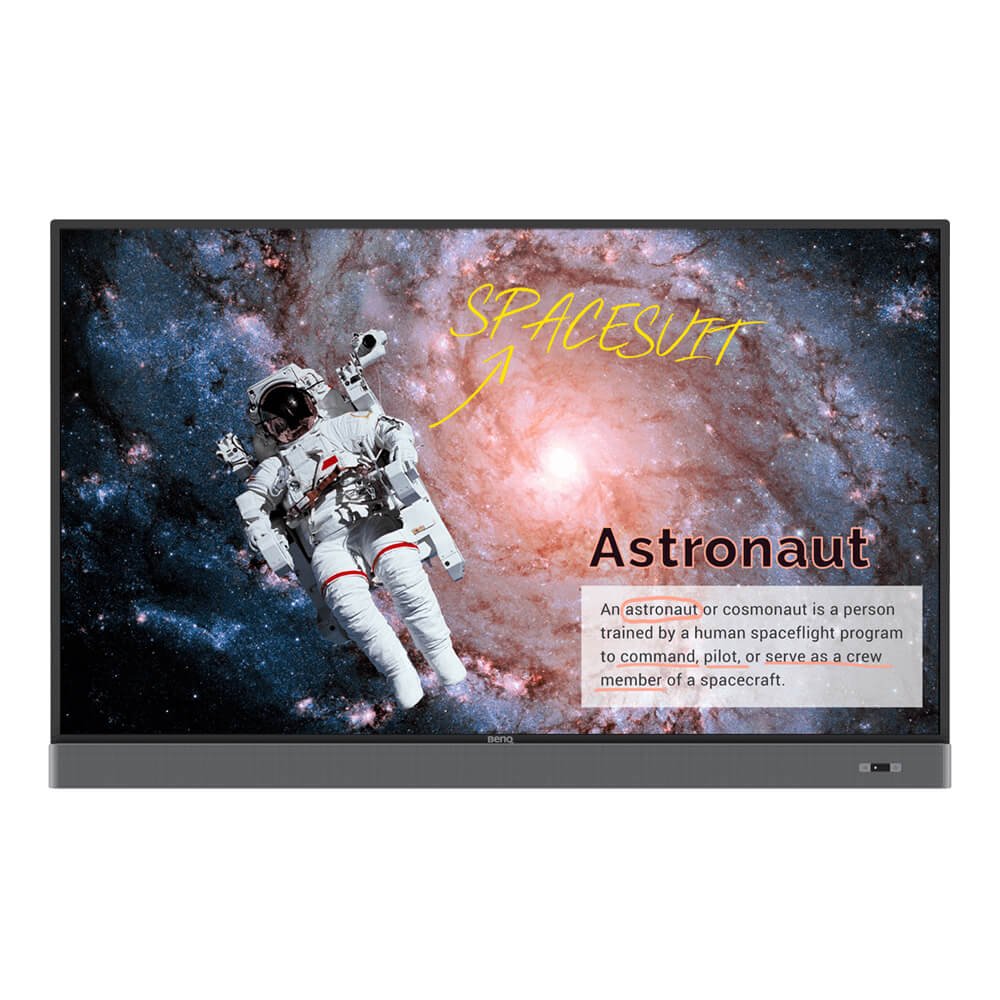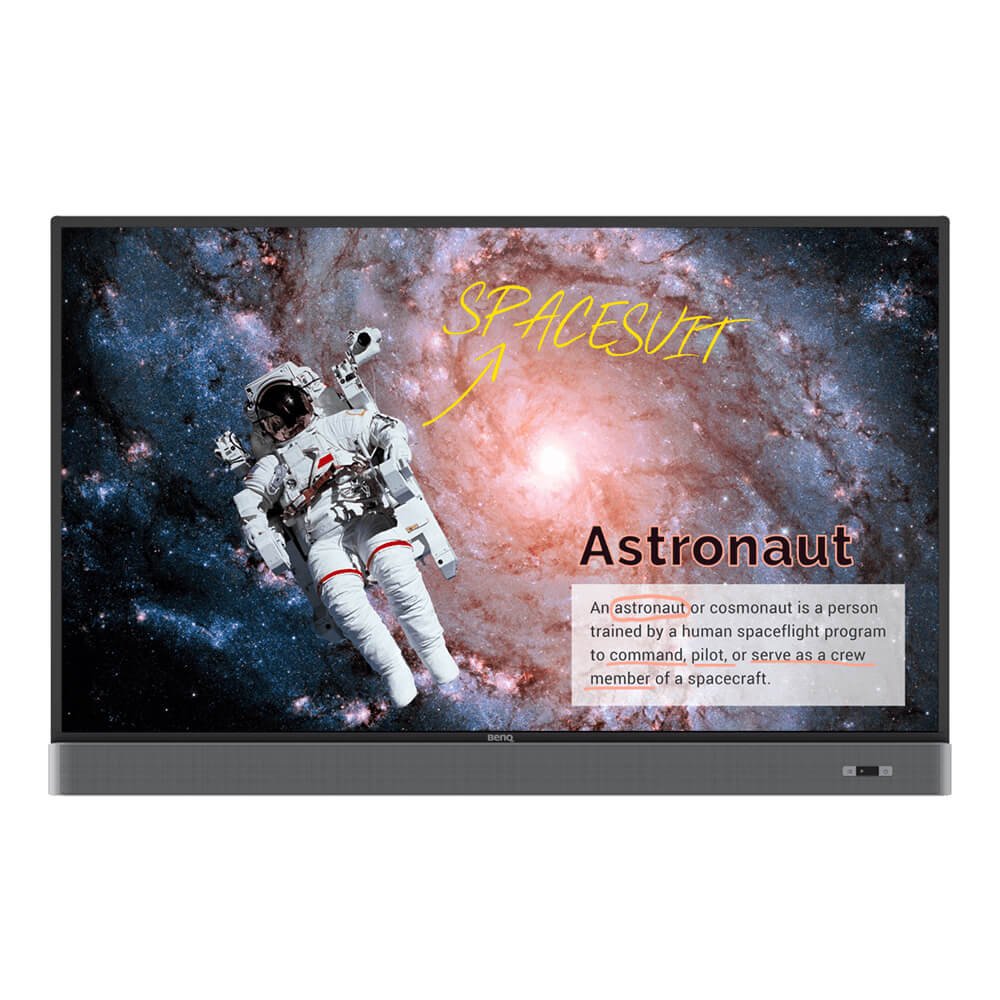Is Your School Generation Alpha-Ready? How to Prepare?
- BenQ
- 2021-06-11
Generation Alpha has arrived. The term implies a generation-count reset after Gen Z, and generally covers people born between 2010 and up to 2025 or even 2030. As children born to millennials, Gen Alpha is a completely 21st century-born cohort, and by that a group of firmly digital native students.
Interactive classrooms were a novelty even for Gen Z, but not so with Gen Alpha. Now such classroom models are expected. That means schools should prepare by incorporating new technology and learning to employ it using best practices in order to provide Gen Alpha students an optimal learning environment.
Gen Alpha students demonstrate a big focus on problem solving and a preference for the gamification of education. Ed tech comes naturally to them, and they need it to maintain high student engagement. As demographics shift and Gen Alpha are now effectively most of the K12 student body, adjustments need to be made.

Challenges with Generation Alpha
Biggest among these is the almost total expectation of technology and consequently remote learning. Gen Alpha kids are raised by parents that themselves are already very much digital natives who barely remember a time before the internet was popular. To these families, the question of “why should we go to a physical class rather than get all of our knowledge from online classes or just YouTube” is a legitimate question.
As with everything education, solutions require finesse and customization for different students. But in general, schools and educators are faced with the challenge of convincing Gen Alpha and their parents of the need to be in a physical class at all. That’s best done by providing blended or hybrid learning that combines in-person and remote attendance for greater flexibility. The emphasis is on flipped classroom modalities, where class time is devoted to reviewing and discussing activities kids did on their own at home.
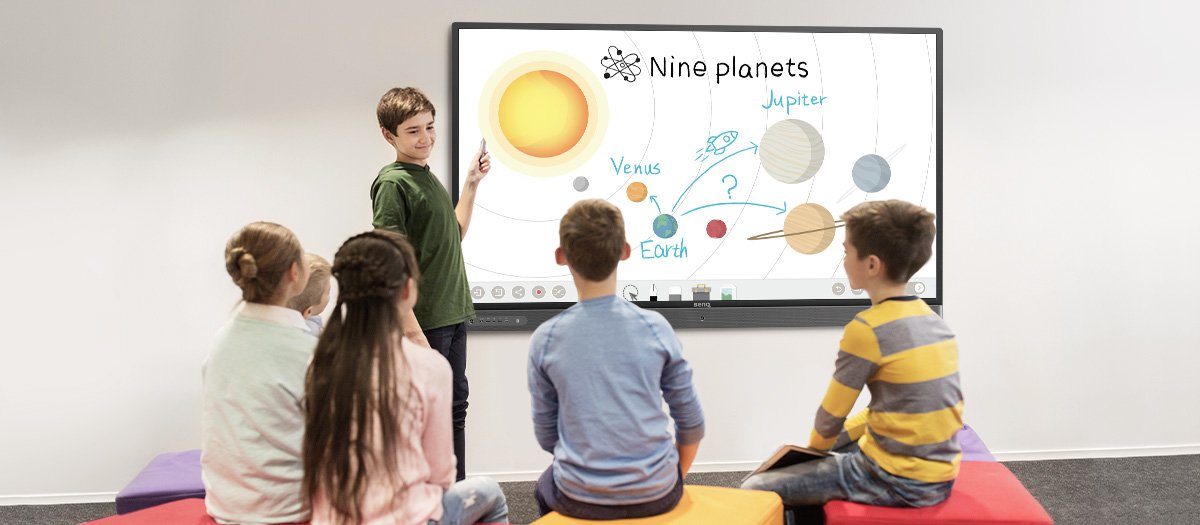
Technologies such as BenQ interactive displays with the EZWrite software suite help with all of these challenges and changes. Digital whiteboard features give educators the tools to create and share content whether in-class or remotely, and function in ways that are immediately familiar to Generation Alpha students.
Personalization Expected
Gen Alpha are even more individualistic than their parents or Gen Z. So yes, we’ll be having an even bigger conversation about individualism when Gen Beta comes around! Be that as it may, both the kids and their parents expect class content to be highly personalized and adjusted to each student’s pace as much as possible. This of course creates the challenge of maintaining classroom cohesion and holding group activities.
The solution stems from the rising trend of inquiry-based learning, which leverages natural curiosity and need for knowledge. Digital technology powers inquiry-based learning with its ability to support diverse sources and activities in a host of locations.
Engagement and Attention Span Challenges
As could be expected of kids that grow up with a constant barrage of digital and social information, Gen Alpha students get bored and distracted very easily when using traditional teaching tools. They expect strong stimuli in every environment.
Methods that worked on Gen X and millennials don’t maintain engagement with Gen Alpha, as their attention spans tend to be shorter.

The solution here is quite simple. Gamification and challenge-reward models work great with Gen Alpha, due to their close affinity to video games. Sitting in a class staring at a board while reading from a textbook doesn’t work with Gen Alpha.
However, using a smart device that looks and acts like a smartphone or tablet is bound to generate engagement. Interactive displays have all of the features Gen Alpha know from their own smart devices, except on a bigger scale. Educational gamification works wonders with interactive displays, and helps educators speak the same language as their Gen Alpha students. Check out 10 best games you can play on your display!

Required Infrastructure-Related Action Items
For the best accommodation of Gen Alpha, classrooms need to change and become smart-ified. Interactive panels form a smart and versatile central platform for classes. Each class must be fully online and cloud capable, which means fast Wi-Fi. As students bring their own devices (BYOD), the interactive panels and other technologies used (like projectors) must all support Bluetooth.
The physical arrangement of class interiors should change, as well. The rigid and somewhat crowded designs of traditional classes won’t work well. More space for mobility and interaction is needed, so desks should be spaced further apart, and also in a way where students face each other rather than all facing the teacher.
Schools need to implement a rapid introduction of tech infrastructure where it currently doesn’t exist. To support the use of interactive flat panels, fast and consistent access to cloud services (especially storage) is of paramount importance. If your school doesn’t have cloud service accounts, now is the time to get them. As mentioned above, they’re essential to the way Gen Alpha studies: blended or hybrid learning, inquiry-based learning, educational games, and much more. With cloud server access, students and teachers can access content and tasks anywhere and anytime. Plus, centerpiece interactive displays were designed with convenient and quick cloud server access in mind.
We highly recommend having a full time Chief Innovation Officer or similar role at every school or at least on the district level. The role focuses entirely on studying and anticipating new learning trends and needs as technology evolves and so do the young ones. The person in charge then formulates responses to emerging needs and solutions to new challenges. Simply treating technology and innovation as a by-product of education or an ancillary role won’t suffice. Keeping up with changes has becomes so vital, it now requires someone doing it full time.
Welcome to Generation Alpha
There’s of course more than just one side to this challenge with the new generation of students. Not only do schools need to get ready for the kids and their unique needs, but there’s a responsibility to provide them with education that matches the world they’ll grow up into. It’s a very different world from the one the previous couple of generations found upon graduation.
Traditional teaching that doesn’t feature dynamic technology front and center will do Gen Alpha a disservice as they grow up. It’s really time to get ready, especially with the nimble and proactive teaching methods needed in a new era focused on and invested heavily in STEAM curricula.

